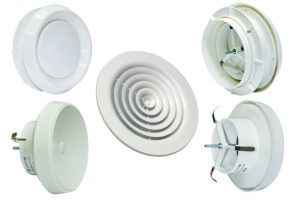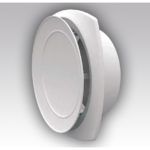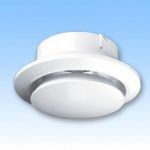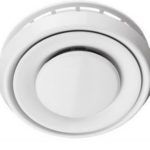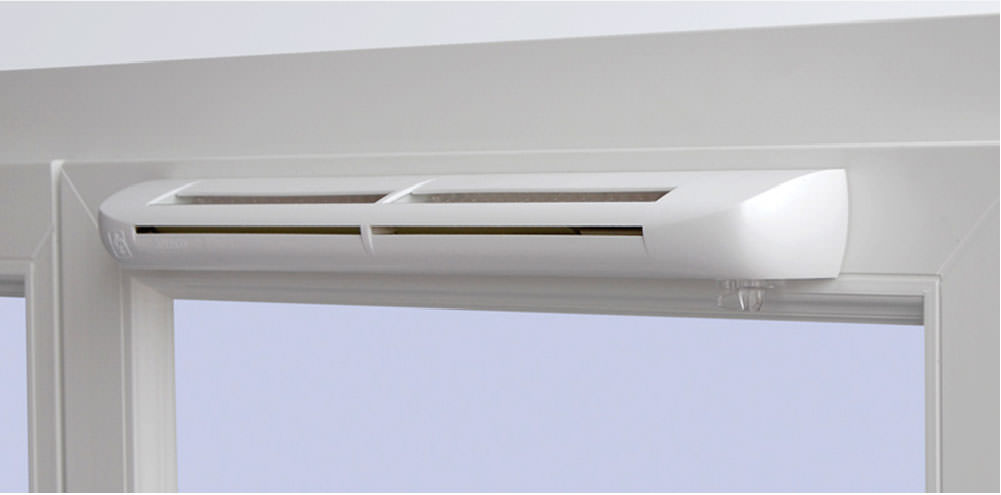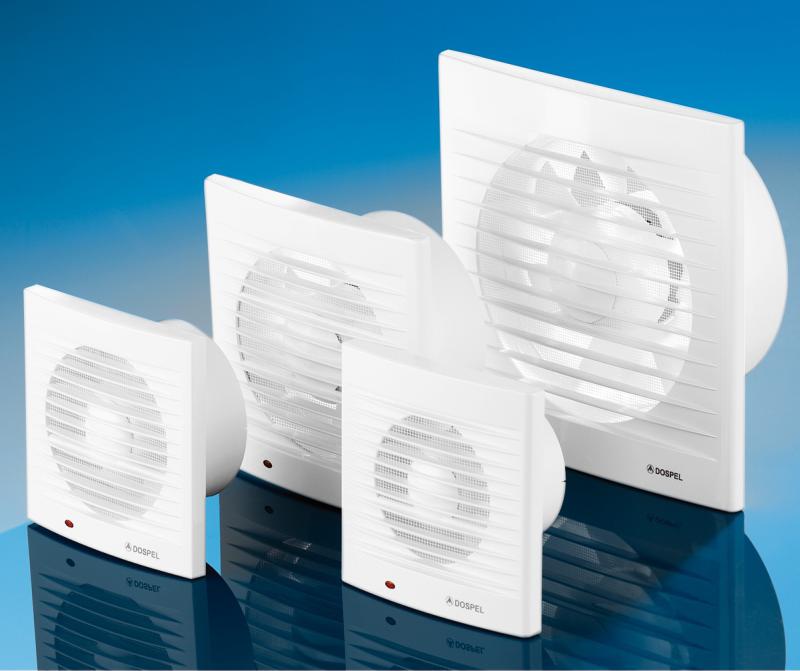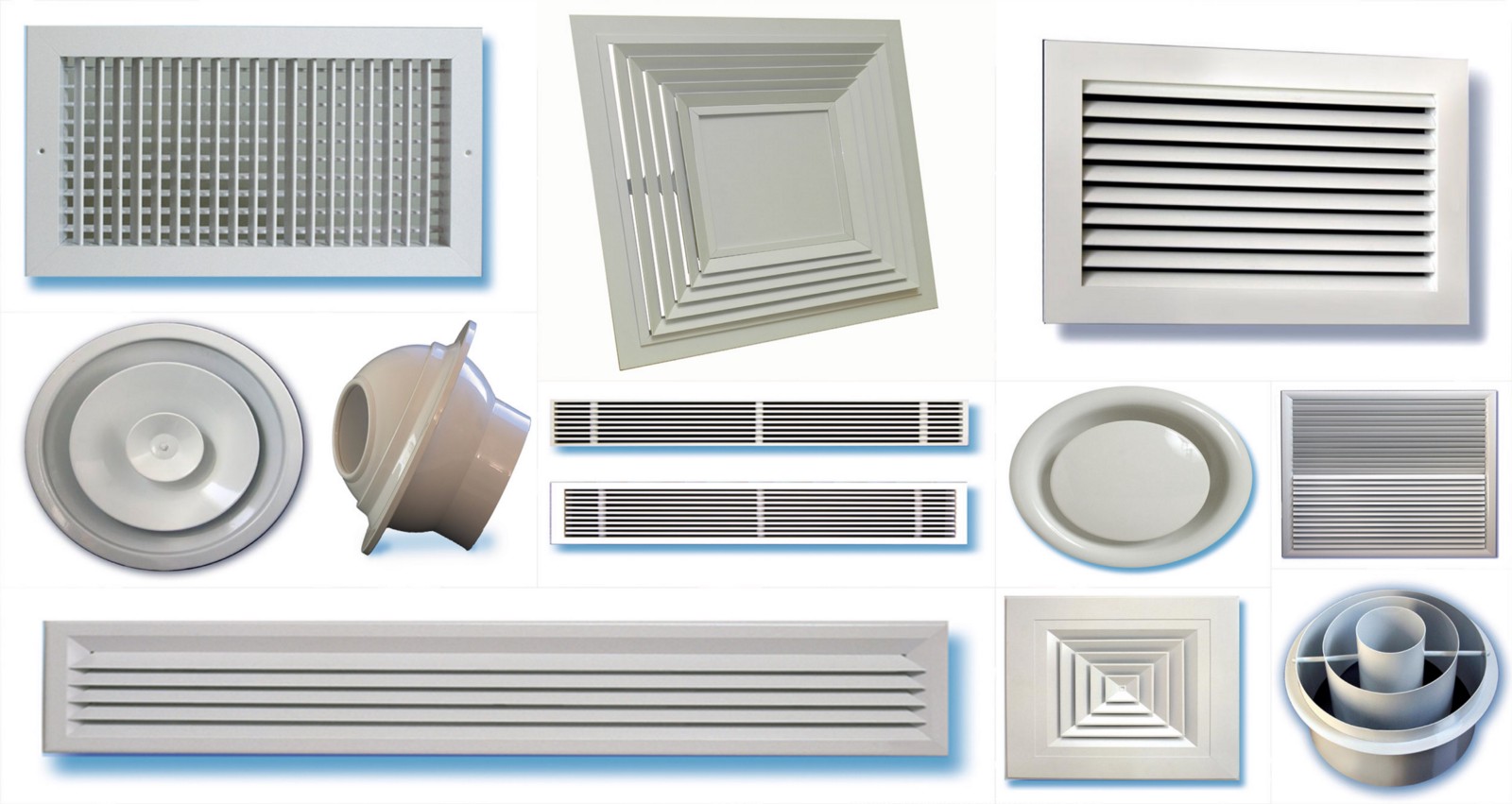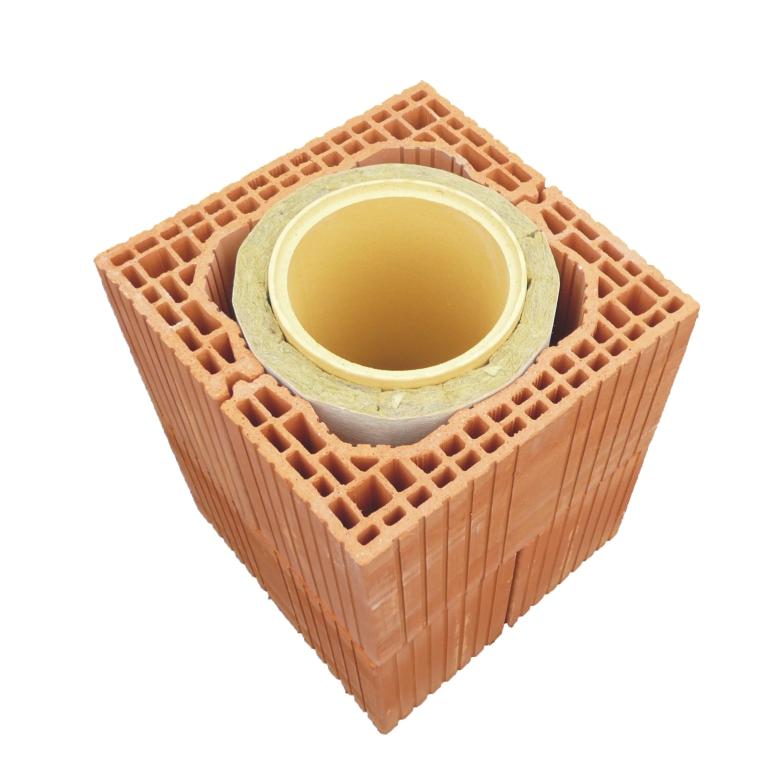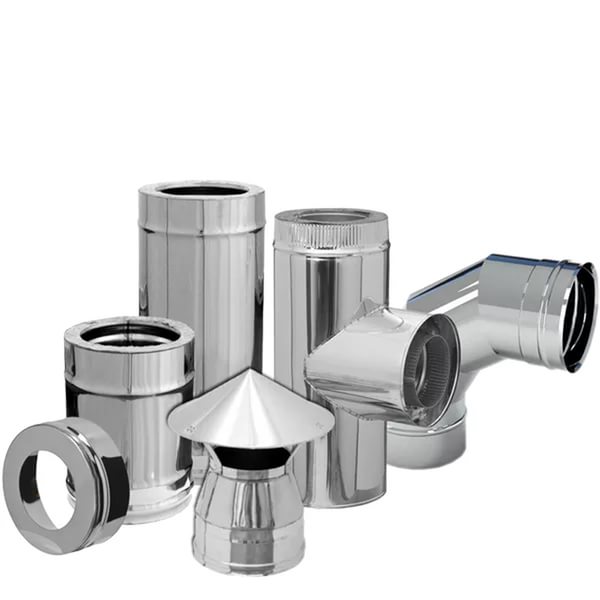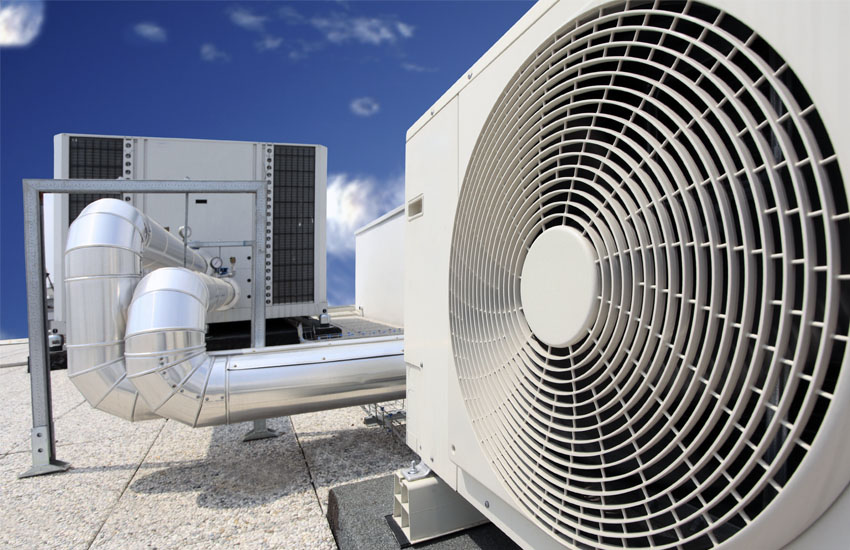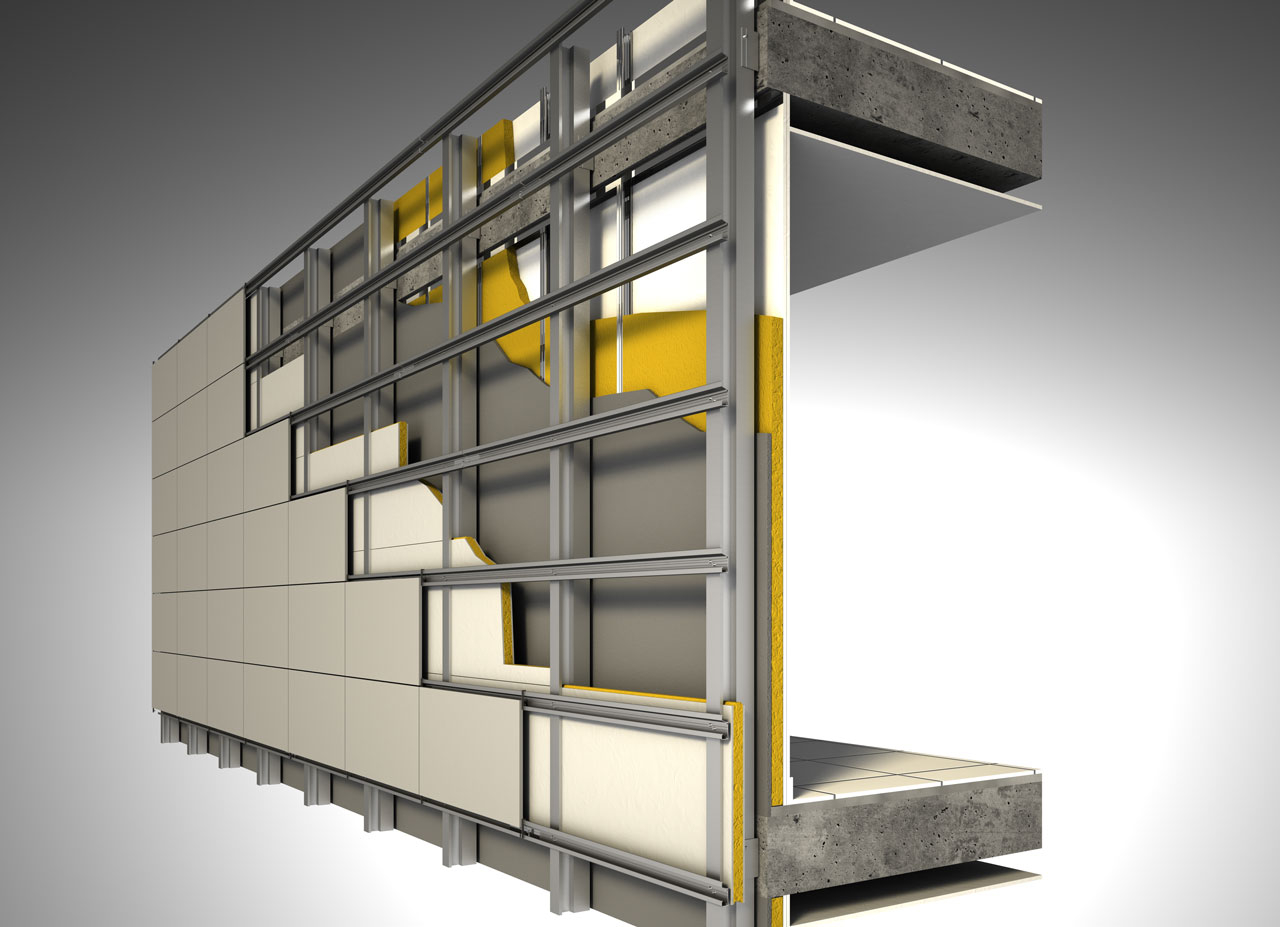We can say with a great deal of confidence that literally everyone is a sign of the lack of a standard and familiar air conditioner. In order to achieve an even distribution of cooled air in the room, you need to adjust the dampers for a long time.
When using models with insufficient freedom of the blades, one has to put up with the fact that in one place of the room a noticeable cold air flow is felt, and in another it is relatively stuffy. This problem is solved by a ventilation diffuser, which shows very good results both when using duct air conditioning systems and supply and exhaust ventilation.
Appointment of the anemostat
- exhaust, designed to draw air from the room;
- supply, whose task is to distribute the injected flow;
- universal, able to function effectively in hybrid ventilation systems.
The anemostat is familiar to everyone, it is a circular section device consisting of a main body and a central head (divider plate), the position of which can be adjusted. Such a device is made of plastic, but there are models made of aluminum, coated with powder or polymer paint.
Important note. The exhaust, supply and universal type diffusers are different devices that differ in design. Therefore, installing a supply air diffuser in the exhaust ventilation leads to a very sharp decrease in the performance of the system (similarly, when the exhaust is installed in the supply air duct). A universal anemostat is a device of a different class that combines the constructive solutions of the other two types of devices.
What is the difference between anemostats
The main thing that distinguishes devices for different purposes is the nature of the distribution of air masses. Let's describe the operation of the anemostat in simple words, for each of the three types.
- The diffuser designed for supply ventilation or air conditioning systems has such a configuration of the central part, in which, roughly speaking, the forced air is evenly distributed parallel to the surface on which the device is installed. The usual shape of the divider is a plate concave from the outside.
- An exhaust ventilation diffuser is capable of taking in a significant air flow that passes through it, almost without encountering resistance. In this case, the shape of the central part is such that an air flow in the form of a vertical cylinder is sucked in (if the diffuser is installed on the ceiling). This ensures that air is quickly evacuated from the center of the room.
- The universal anemostat has two divider plates. One works when exhaust ventilation is used, the second when air is forced into the room. The selection of the appropriate mode is carried out manually by overlapping the currently unnecessary gap.
The amount of air that the anemostat passes through itself during ventilation is also very easy to adjust. Central plate - the divider can change position, decrease or increase the technological gap.
How the anemostat is installed
Instructions for installing anemostat in ventilation systems looks very simple:
- the device is mounted in a false ceiling panel or plasterboard;
- air ducts are laid in the space between the suspended panels and the ceiling, which lead either to the ducted air conditioner or to a separate fan;
- can be installed with an air duct leading to the central ventilation box.
Usually there are no difficulties when installing anemostats. You just need to remember to bring your own air duct to each, this is especially important if the installation is carried out in a plasterboard plate.
A little trick. If desired, you can mount one long narrow-section box, which is closed on one side, and on the other, equipped with a supply or exhaust fan. By arranging anemostats along the length of the structure, each of which is adjusted depending on the distance of the ventilation source, it is possible to achieve a uniform intake or a smooth flow of air along the entire length of the box. This is a very convenient option if exhaust ventilation is being done in a small kitchen, where there is only one exhaust duct in the wall.
Conclusion
Anemostat is a simple and at the same time very functional device. Applied to both extract and discharge, as well as hybrid ventilation systems, it allows you to simply and clearly regulate the air flow, ensuring the desired temperature in rooms and even in certain parts of the room. Due to the ability to capture and remove an almost vertical column of air, they are indispensable as a complete set of exhaust devices in areas of smoking, smoke, pungent odors.

